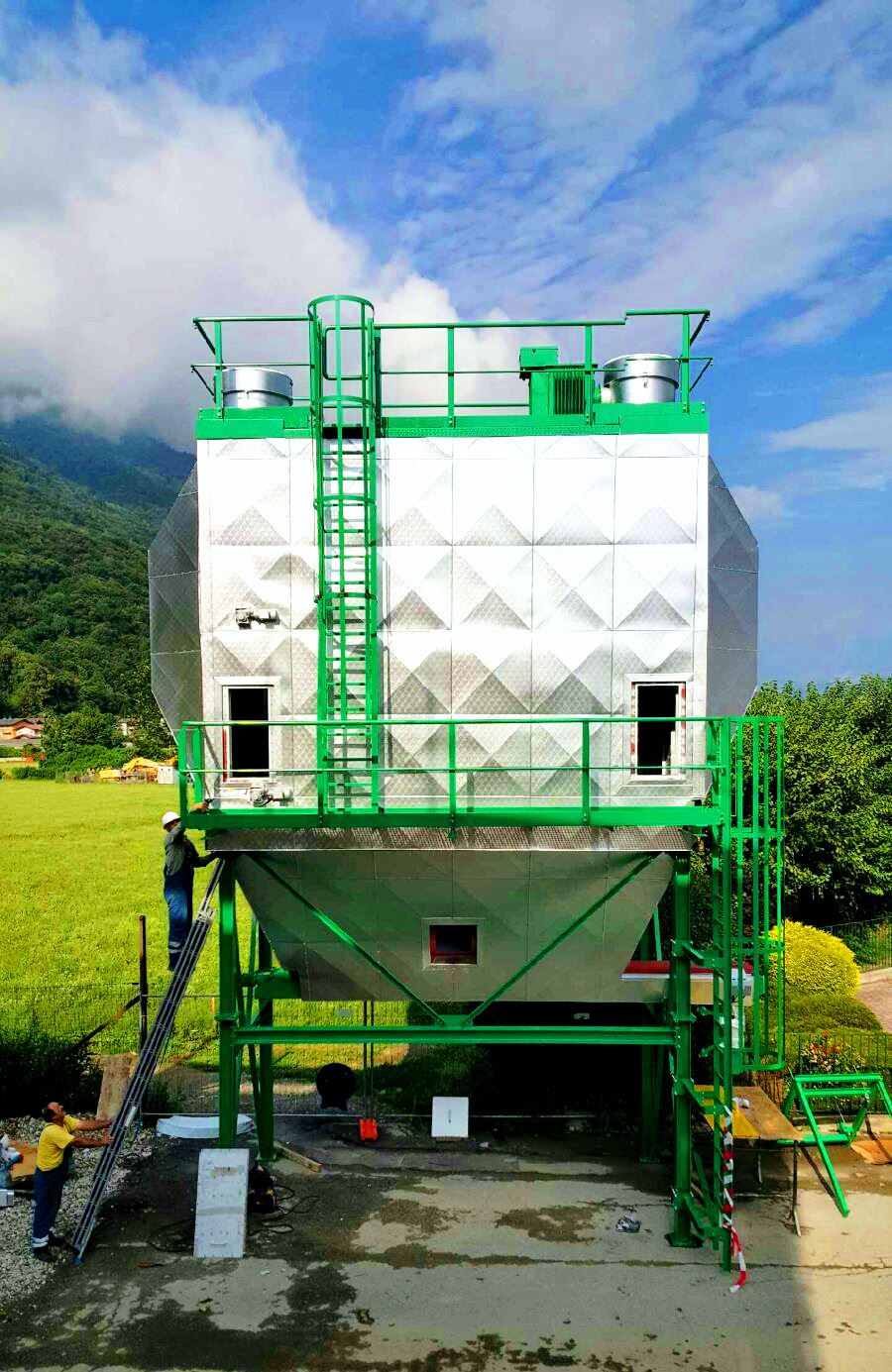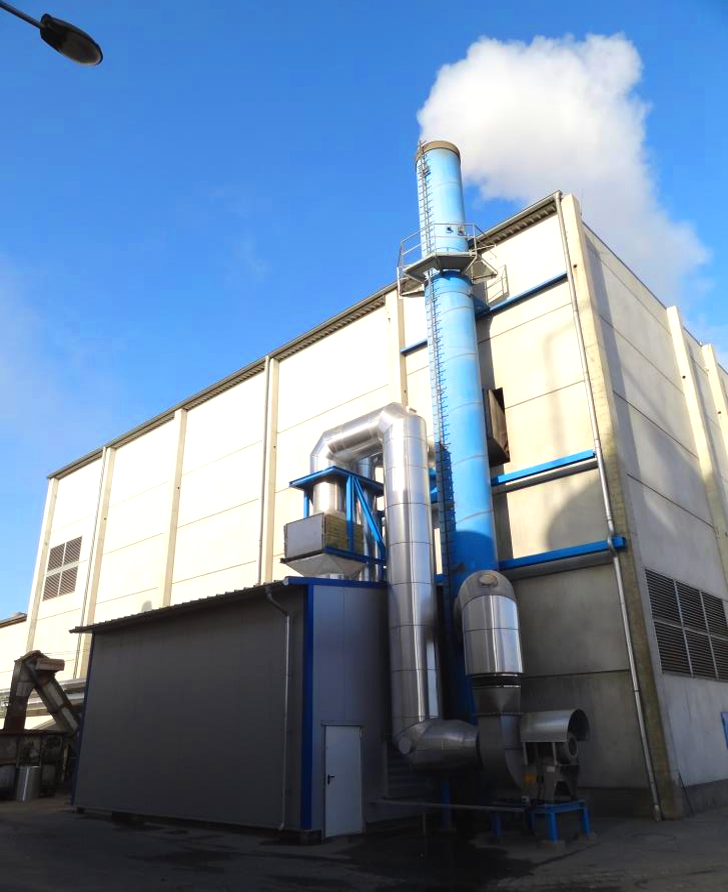Flue gas cleaning
Efficiency upgrading of the boiler units and reduction of hazardous substance emissions is one of the actual tasks at construction of new power facilities or reconstruction of existing power facilities, in particular, thermal power plants.
LLC «Interenergo» in cooperation with one of the leaders of the European market (SAVE Energy, Switzerland) offers package solutions for efficiency upgrading of the boilers by utilization the exhaust gas heat.
In the Russian Federation and CIS countries LLC «Interenergo» has the exclusive contract for design, manufacture and sale of the flue gas utilizers manufactured by SAVE Energy.
In addition for improvement of the ecological index we offer the flue gas cleaning systems which allow to reduce hazardous substance emissions (NOx, SОx, CO, solid particles). Much attention is given both to primary cleaning methods (optimization of the combustion system) and to secondary ones (cleaning of the exhausted combustion products).
A set of measures oriented to production of flue gas cleaned up to standard values before air emission subject to the type and composition of the fuel to be burned (waste, pulverized coal fuel, natural gas, industrial gas from the coke and blast furnaces, diesel fuel, fuel oil).

At design of the flue gas cleaning systems of the boiler island, LLC «Interenergo» offers a package approach, including the following methods:
1. DeNOX plants (selective catalytic reduction of NOx). It is one of the main methods for cleaning of flue gases from nitrogen oxides. The process is based on the ammonia ability to selectively reduce nitrogen oxides in the presence of a catalyst at 200-500°C.
2. Electrostatic filters. The electrostatic filter operation is based on electrization of the gasborne dispersed particles, followed by their electrodeposition with a charge opposite to the charge of pollution particles (precipitation electrode).
By design the electrofilters are divided into tubular and plate ones. In the tubular electrofilters, the polluted gas is passed through vertical tubes of 20-25 cm in diameter, in the center of which the wire is stretched. The gas velocity in the tube is 0.5-2 m/s. The gas is in the tube during 6-8 seconds. Direct current of 50-100 kV is applied to the electrodes. The tube walls (precipitation electrode) and the wire (corona-producing electrode) are used as electrodes.

3. Flue gas desulphurization plant absorbers. It is a process of dry flue gas desulphurisation, which is based on the reaction between sulfur dioxide SO₂ and slaked lime Ca (OH) ₂ in wet conditions.
The moistened mixture of slaked lime and end product in powder form is added into the NID system absorber, and the in-going flue gas is cooled by evaporation of moisture from the mixture. The cooled flue gas flows into the dust collector, for the most part into the bag-type filter or the electrofilter where dust is deposited from the flue gas and recycled back to the process through the NID system.
4. Bag-type filters. Such filters with a cylindrical bag get widespread use at this time. In most industries, the bag-type filters ensure a dust collection efficiency of 99-99.9%. Their hydraulic resistance is between 1000 and3000 Pa, the time between failures is 10000-20000 hours.
